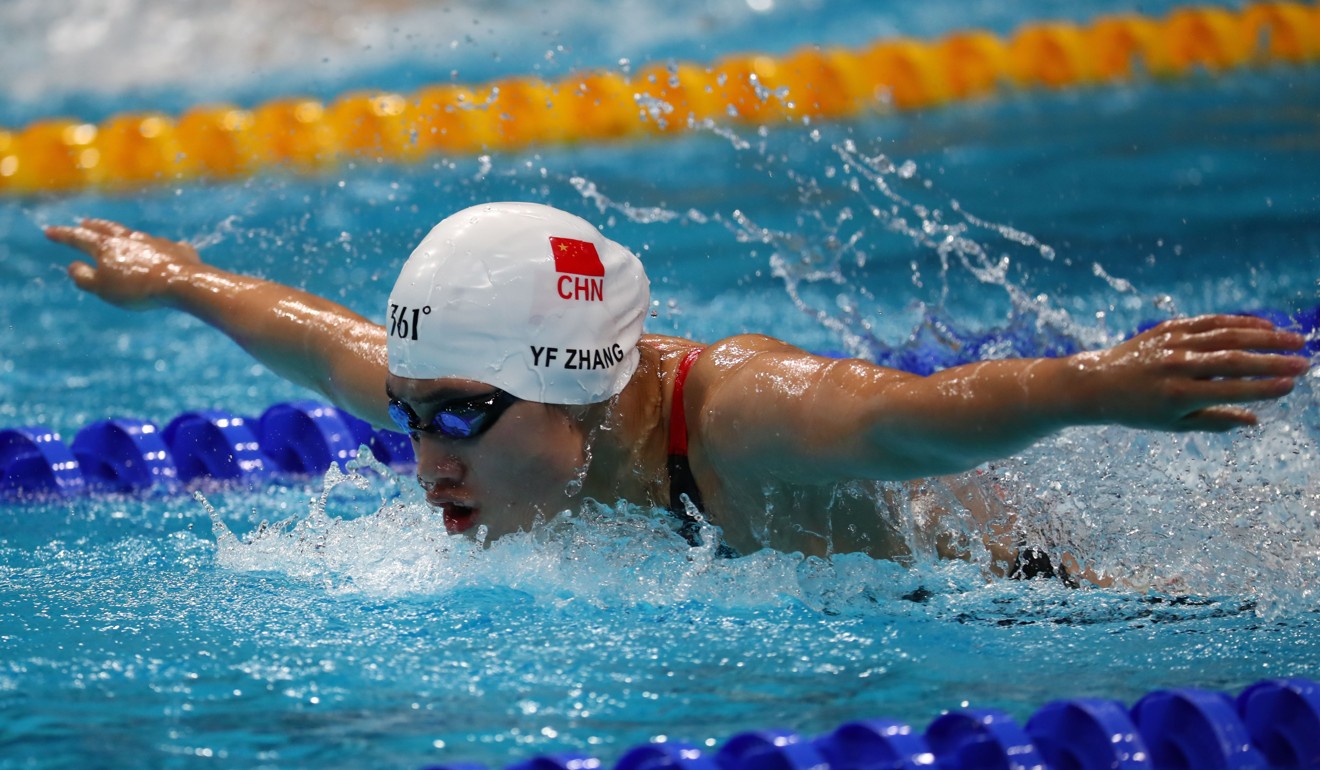
China’s sport sector could be the next big growth market
China’s sports sector, worth 1.5 trillion yuan last year, is forest to double in value by 2020, and could be worth up to 5 trillion yuan by 2025
China’s sports industry could be about to come of age, as growing public enthusiasm for participatory athletic events coupled with the government’s efforts to promote sport awareness are seen as powerful catalysts for a sector still at an early stage of development by global standards.
In a national strategy spearheaded by the General Administration of Sport, China plans to build 100 towns dedicated as centres of sporting excellence for various disciplines in coming years.
The campaign is part of China’s effort to grow its domestic sports industry and provide more facilities for people to exercise.
According to the 13th Five-year Plan unveiled by the authority last year, China aims at increasing the sports area per capita from 1.4 sq metre to 1.8 sq m by 2020 and 2 sq m by 2025.
Bank of China International (BOC International) published a report led by analyst Wang Xin, saying that the sports industry has a bright outlook.
“In comparison, China’s number of fitness venues is only 1/27th that of the US,” said Wang Xin, lead analyst in a report released last week on the sector by Bank of China International (BOC International).
Xin noted China’s nationwide sports industry, worth 1.5 trillion yuan (US$222.68 billion) last year, is on track to reach 5 trillion yuan by 2025.
Spending on sport-related entertainment goods and services grew 17.1 per cent in the first half on year, outpacing 10.4 per cent growth in broad consumer spending during the period, according to National Bureau of Statistics data released in June. Total spending by Chinese consumers in the first half totalled US$17.23 trillion dollars, the statistics bureau said.
In order to meet its target, China will need to add 700 million sq m of sports facilities, BOC International said.

Earlier this month, the General Administration of Sport set up a fund to help pay for the construction costs, as companies begin submitting tender proposals to partner with local governments on developing the sport towns.
Stadium builder Lander Sports Development Co, which in April scrapped a plan to buy English Premier League soccer club Southampton, said last month that it had signed an agreement to develop a 4 billion yuan sports town with the city of Pengzhou in Sichuan province.
Palm Eco-Town Development Company, a principal sponsor for West Bromwich Albion F.C., also announced last month that it was looking to build five or six “West Bromwich Albion Sports Towns” in Guizhou Province. The company revealed in October that it had already signed a deal with the local government on its first development.
Meanwhile, Chinese President Xi Jinping told FIFA last month that China would bid for the rights to host a World Cup. Beijing is host city for the 2022 Winter Olympics, while Shanghai will stage the seven-a-side rugby “Champion of Champions” tournament in October.
But some question whether the projections on the sport industry’s growth are over-hyped. Among the 43 listed sport companies in China, only nine have seen share price gain this year, while nine have been suspended from trade.
“The overall valuation of companies listed in the sector is still relatively high. In the short term, there will continue to be volatility and correction. We recommend watching out for event-driven opportunities such as the bidding for the intellectual property of the Chinese Basketball Association,” said analysts at Chuancai Securities in a note.
The CSI sport index, which tracks 50 listed companies that provide sport services and products, has fallen 20.9 per cent this year.
“In the long run, the sports industry will sustain steady growth as the industry goes through reform and consumption in the sector rises. The prospect of the sector could potentially become rosier,” Chuancai Securities said.
BOC International is also optimistic on growth in the sector, citing policy support, especially in the run up to 2020 Winter Olympics.
The investment bank cited Hong Kong-listed Beijing Sports and Entertainment Industry Group (BJ Sports) among potential beneficiaries, noting that the company will build 50 air dome stadiums this year and 250 in 2018. Over the coming five years, the company may build 1,000 dome structures ahead of the games, as part of the government’s efforts to have 1,450 winter sports venues in place nationwide by 2020.
Beijing’s shift towards viewing sports as an industry in recent years has been a catalyst for growth, according to Yu Xingyu chief operation officer at Alisports, the sports arm of Alibaba Group.
But he added that policy support is indispensable when it comes to development in the nascent sector.
As an example, he pointed to enthusiastic embrace of long distance running, as more than 400 marathons will be held in China this year, up from 22 six years ago. Chinese Athletics Association statistics show that a total of 2.8 million runners attended these races last year, which is 1.3 million more than 2015.
“After the central government opened the floodgate and encouraged the local governments to promote marathon races in their respective cities, the amount of races rose by almost tenfold,” he said.
Alibaba is the owner of the South China Morning Post

